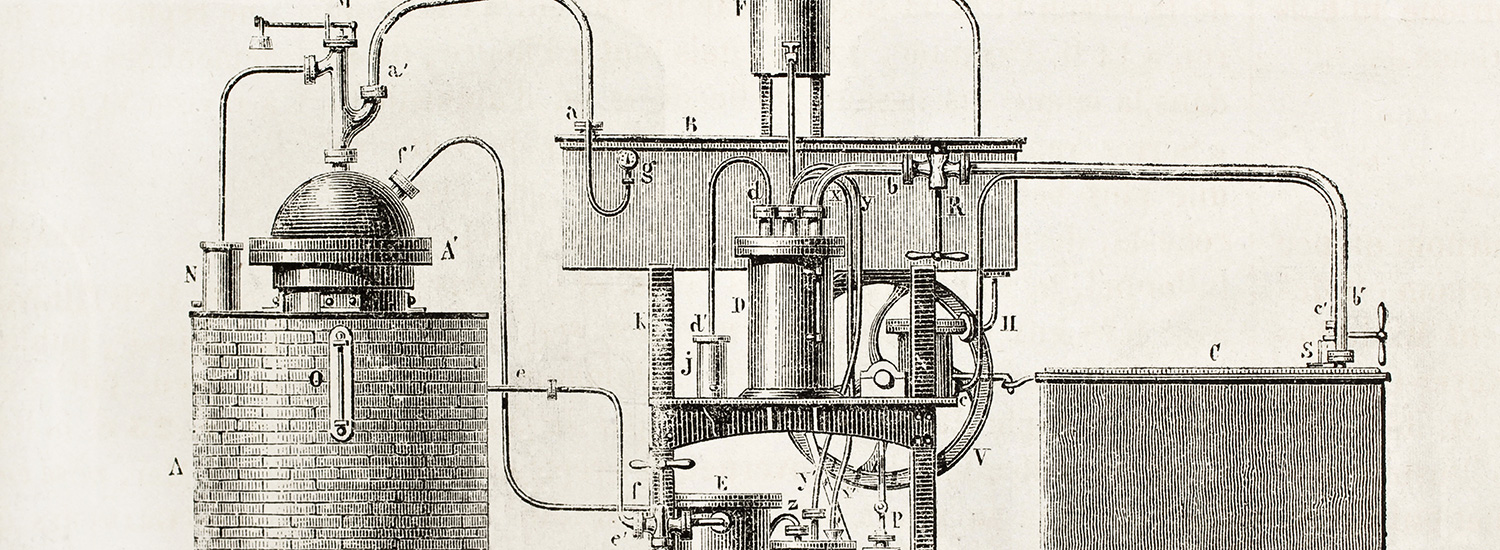- Primitive forms of air conditioning are said to date back to ancient Egypt where wind blowing through windows hung with moistened reeds cooled and humidified the dry desert air.
- In ancient Rome, water from aqueducts circulated through the walls of some homes, cooling the rooms within.
- Mechanical cooling techniques date back to 2nd century China where large, manually-powered rotary fans were invented. In 747, this method was improved for use in Emperor Xuanzong’s Imperial Palace by adding water to power the fans and incorporating jet streams of water from fountains.
- In 1758, Benjamin Franklin and John Hadley began to explore the principles of evaporation of volatile liquids (such as alcohol and ether) as a way of cooling objects rapidly.
- Though the concept of using ice for cooling dates back to prehistoric times, by the 1800s the practice of harvesting ice in the winter and storing it for use in the summer became popular. This method was eventually replaced by mechanical ice-making devices, and led to several inventors experimenting with compression technology to create ice and cool air.
- In 1902, the first large-scale electrical air conditioning was invented by Willis Carter.
- In 1906, Stuart W. Cramer explored ways to add moisture to the air in his textile mill and coined the term “air conditioning.”
- The first private home air conditioning unit was installed in a Minneapolis mansion in 1914, and residential air conditioning was introduced more widely in the 1920s.
- In 1931, the first individual room air conditioning—or window units—were invented.
- In 1939, air conditioning became available in cars.
- By the 1950s, home air conditioning had become ubiquitous in America, and by the 1970s, central air became popular, replacing window units as the preferred method of cooling one’s home.
